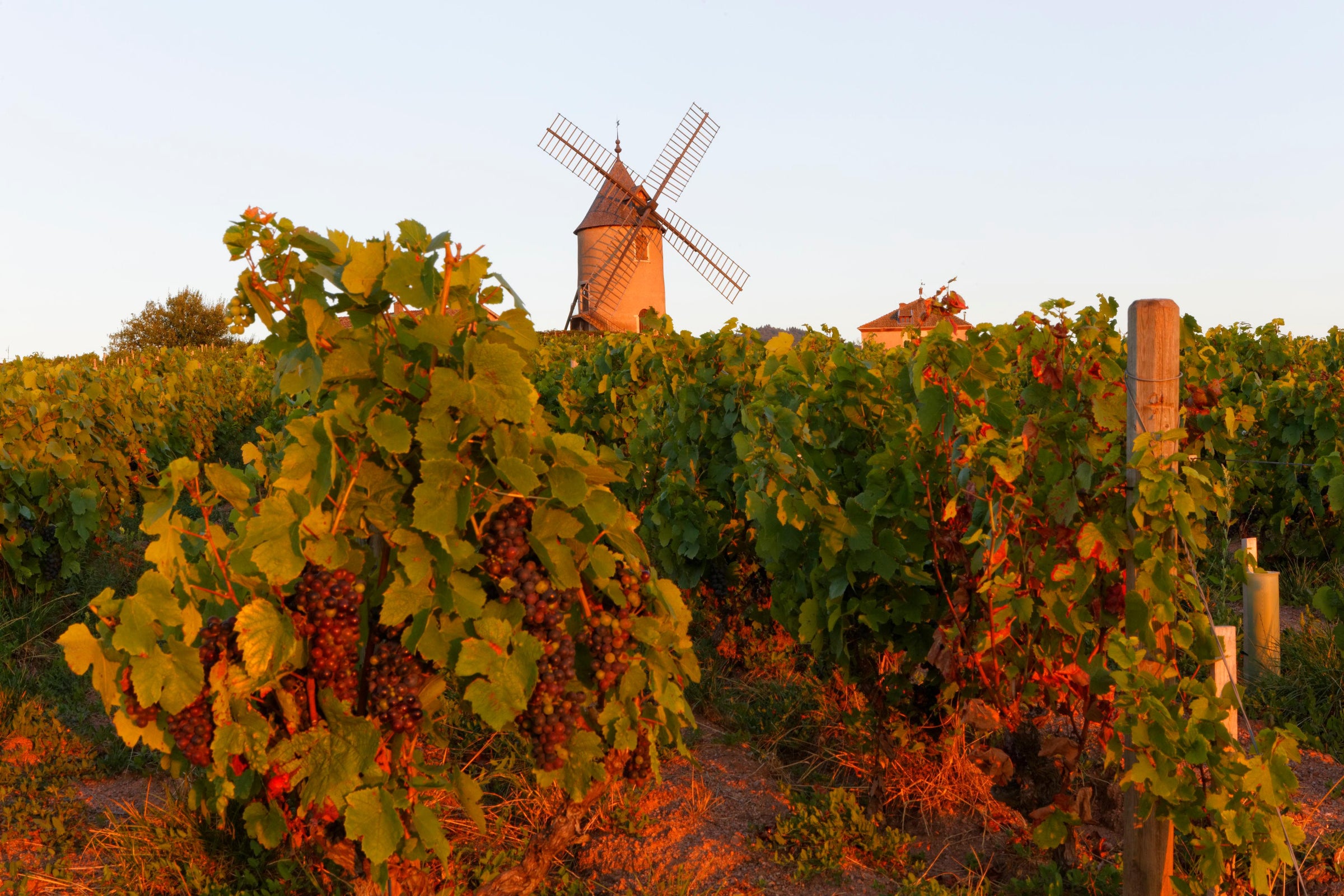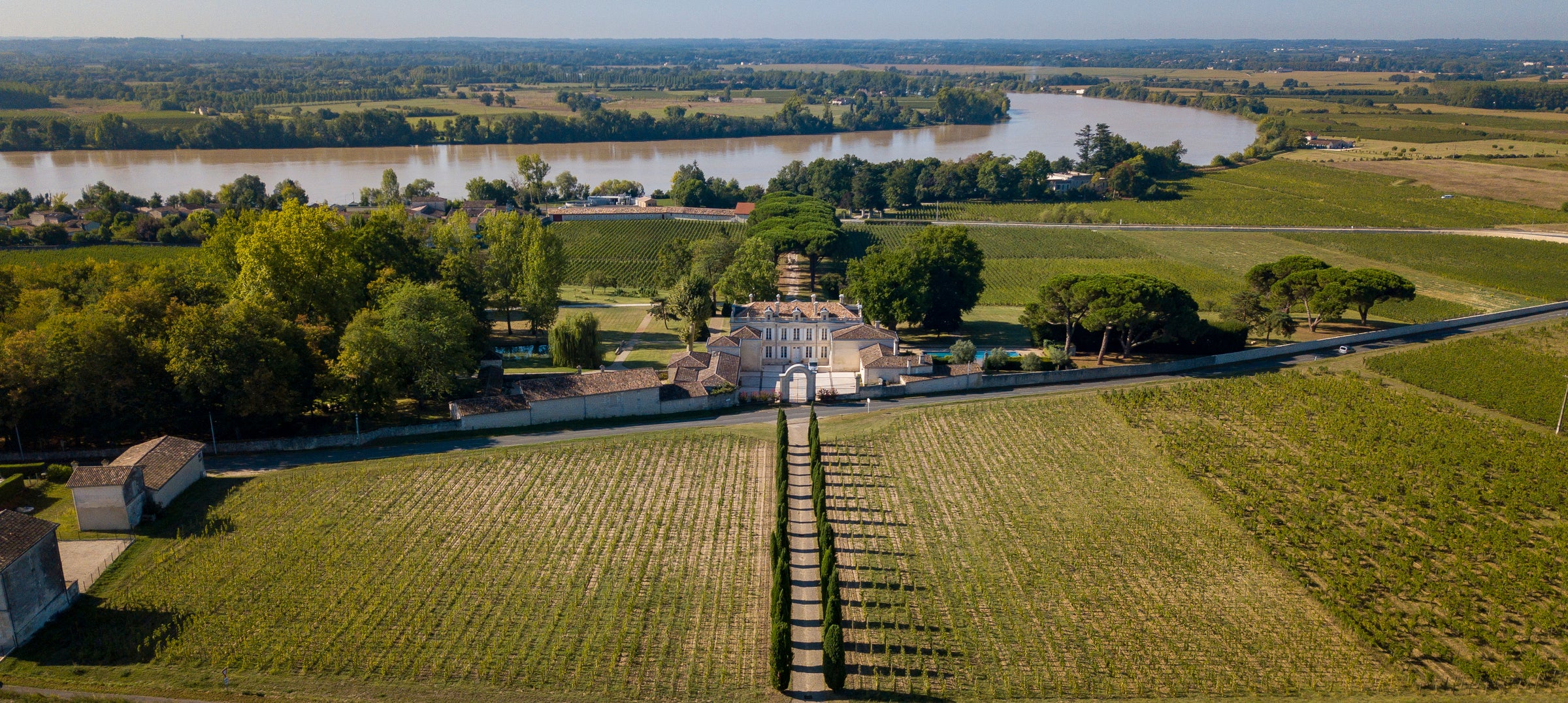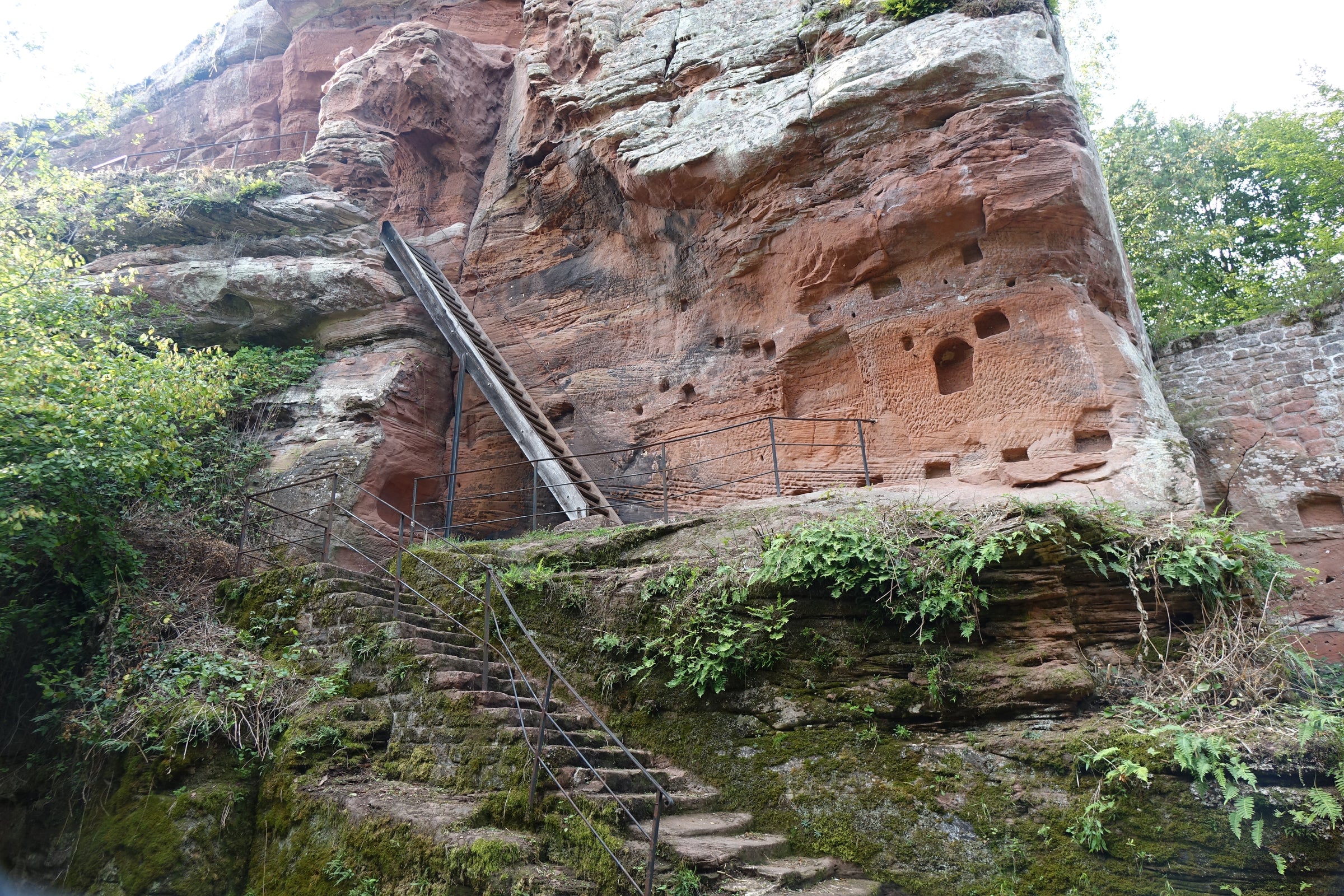Not everyone is capable of bursting onto a scene, but winemakers Rotem and Mounir Saouma have a knack for it. The pair met in Burgundy, having both studied in France, and in 1999, after many years working for others, they became instant sensations with their ambitious ‘micro-négociant’ firm in Beaune called Lucien le Moine.
Theirs is what might be called ‘bespoke’ winemaking: The le Moine label is focused exclusively on Premier and Grand Cru vineyards, with no single bottling produced in a quantity larger than three barrels (about 75 cases). The Saoumas do everything by hand and charge accordingly, and the success of Lucien le Moine inspired them to take the next step and acquire vineyards of their own. Drawn to the southern Rhône by Grenache-driven Châteauneuf-du-Pape AOC wines from Château Rayas and Henri Bonneau, the Saoumas bought land in the region—including a piece of the famed ‘Pignan’ vineyard, right next to Rayas—and aspired to emulate these Châteauneuf legends. You’ve got to hand it to them—they shoot for the top—and this 2011 Châteauneuf-du-Pape “Arioso,” crafted from 100% Grenache and representing one of the Saoumas’ first vintages down south, has drawn so much critical praise I was surprised we were able to get any. Having now seen for myself what the hype was about, I’m enthusiastically on board—this wine has quickly ascended into Châteauneuf’s very top ranks, showing off the perfumed side of Grenache that prompts some to dub it “the Pinot Noir of the south.”
The Clos Saouma winery is based near Orange, in the Vaucluse, just north of Châteauneuf-du-Pape. They’ve got 22 acres of vines there classified as Côtes du Rhône Villages (we offered their over-achieving 2013 “Inopia,” from these vines, a while back) along with about 20 in Châteauneuf-du-Pape, including that cherished piece of Pignan. In almost every respect, the Saoumas are vinifying their southern Rhône wines in the same manner as their Burgundy wines: they employ ‘whole-cluster’ fermentation (which lends brightness and grip); subject the wines to exceptionally long cellar aging (elévage) before bottling; and minimize their use of sulfur by trapping trace Co2 left over from fermentation, which acts as an antioxidant/preservative. One feature of both the le Moine cellars in Beaune and the Clos Saouma cellars is that they are quite cold, which facilitates lengthier fermentations; sometimes these ferments stretch on for almost a year, and the Co2 given off during this stretched-out process does the job sulfur might have otherwise done.
Of the many articles and critical raves I found on the Saoumas and their loving, raise-them-like-children approach to winemaking, one of the best was an interview with Mounir in a 2014 edition of Wine Spectator. I love Burgundy of course, but I've been drinking Châteauneuf all along as well, he told Spectator’s James Molesworth. I love the similarities of Pinot and Grenache. Both make silky, elegant, minerally wines and there is the parallel of each having Noir, Blanc and Gris versions as well.
It should come as no surprise, then, that a couple who’ve spent more than a decade crafting tiny lots of Pinot Noir from Burgundy’s greatest vineyards—“Bonnes Mares,” “Corton-Bressandes,” “Echezeaux,” and many others—have dedicated themselves to a style of Châteauneuf-du-Pape that emphasizes aromatic complexity and nerve above all else. This wine spent more than three years aging in a mix of vessels (mostly large, used oak
demi-muids, which hold about 600 liters) before being bottled with the tracest amount of sulfur possible, and it’s important to decant this wine and let it take on air—I suggest a good hour before consuming in large Burgundy stems at about 60-65 degrees. In the glass, it has a dark crimson red core with hints of pink and orange at the rim, with lifted aromas of red and black cherry, raspberry liqueur, wild strawberry, anise, lavender, wild flowers, dried orange peel and a hint of cured meat. On the palate it is incredible dense with and full-bodied while infused with great energy, the acid keeping it bright and fresh and the tannins extremely fine-grained and sweet. This is a blockbuster. It is readily accessible now thanks to those soft tannins, and yet it is clear that its balance and acidic backbone will ensure its longevity. It should start peaking around its tenth birthday and continue to easily age through 2030 and beyond. There’s no excessive alcohol heat or syrupy extract here—which of course is the point—and, given the wine’s perfumed brightness (and Mounir Saouma’s Lebanese heritage), our pairing suggestion skews very ‘Mediterranean.’ This wine will wrap the spices in a soft, warm embrace. Enjoy!






